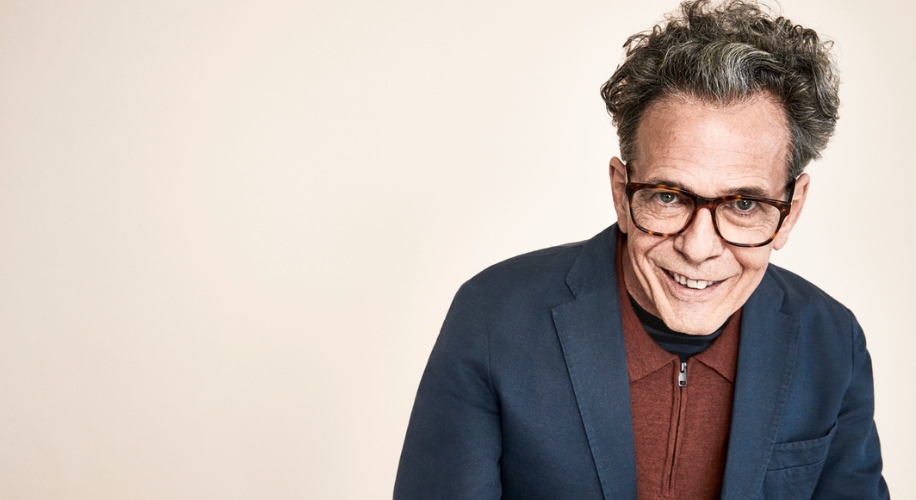Iconic Trends That Define Boomers and Gen X
- BY Dr. Steven Liem
- IN Glasses
The allure of retro glasses transcends generations, and today’s eyewear enthusiasts are revisiting the iconic styles of the past. For Boomers and Generation X, this revival is more than just a fashion statement—it’s a nostalgic journey through their formative years
Photo by Clint Maliq
Boomers and Their Era
Born between 1946 and 1964, Baby Boomers grew up in an era of remarkable change and innovation. The eyewear trends of their youth reflect the bold and groundbreaking spirit of the 1960s and 1970s. For Boomers, retro glasses often evoke a sense of nostalgia and a connection to cultural icons of their time.
The Rise of Cat-Eye Glasses
One of the most iconic trends from the Boomer era is the cat-eye frame. Originally popularized in the 1950s, cat-eye glasses became a symbol of feminine elegance and sophistication. Celebrities like Audrey Hepburn and Marilyn Monroe helped cement their status as a fashion staple. The exaggerated, upswept shape of cat-eye glasses not only complemented the bold makeup and hairstyles of the era but also became synonymous with glamor.
The Influence of Aviator Glasses
Another classic style that resonates with Boomers is the aviator frame. Initially designed for pilots in the 1930s, aviators gained mainstream popularity during the 1970s and 1980s. Their sleek, teardrop shape and metal construction offered a blend of functionality and style that appealed to those seeking both practicality and fashion. Aviators were worn by icons like Tom Cruise in “Top Gun,” cementing their place in popular culture.
The Return of Round Frames
Round glasses also experienced a revival among Boomers. Inspired by the intellectual and artistic figures of the 1960s, such as John Lennon and Mahatma Gandhi, round frames symbolize a vintage, scholarly look. These glasses offer a timeless appeal, perfect for those who appreciate a more understated, yet classic style.
Shop These Frames
Generation X and Their Style
Generation X, born between 1965 and 1980, witnessed the rise of numerous eyewear trends during their formative years in the 1980s and 1990s. Their approach to retro glasses often reflects a mix of irony, nostalgia, and a unique sense of style.
The Popularity of Wayfarers
Wayfarer glasses, introduced by Ray-Ban in the 1950s, became a defining trend for Gen X in the 1980s. These glasses, known for their trapezoidal shape and sturdy construction, were embraced by many subcultures, from rebellious youth to mainstream icons. Wayfarers were famously worn by celebrities like Michael J. Fox in “Back to the Future,” reinforcing their status as a quintessential retro accessory.
The Comeback of Oversized Frames
In the 1990s, oversized frames made a notable comeback, reflecting the bold fashion choices of the era. These large, statement glasses were popularized by celebrities like Elton John and the cast of “Friends.” The exaggerated size not only made a fashion statement but also played into the larger-than-life aesthetic that defined the decade.
The Revival of Vintage Round and Tortoiseshell Frames
Gen X also saw a resurgence of vintage round and tortoiseshell frames. The round frames continued the trend from the Boomer era, while tortoiseshell glasses became a symbol of retro sophistication. These frames offered a blend of classic and contemporary styles, appealing to Gen X’s eclectic fashion sense.
Shop These Frames
As retro glasses continue to make a comeback, they remind us that style is cyclical and that the charm of classic frames endures across generations. Whether you’re drawn to the cat-eye elegance of the 1950s or the bold statements of the 1990s, retro glasses offer a timeless way to express individuality and celebrate the past.




